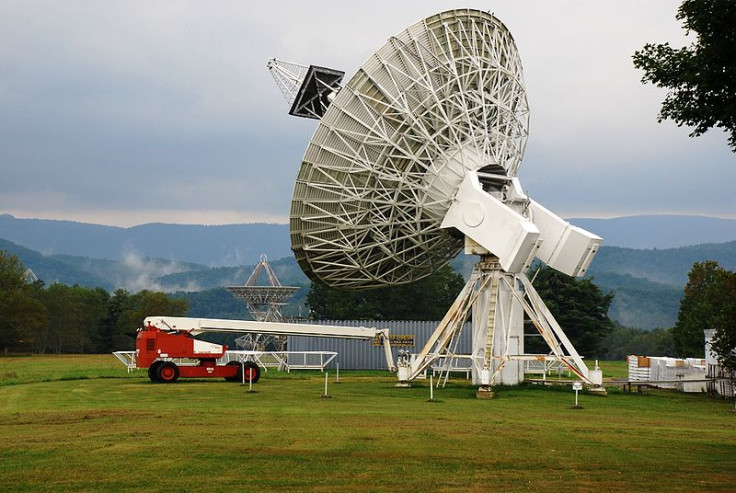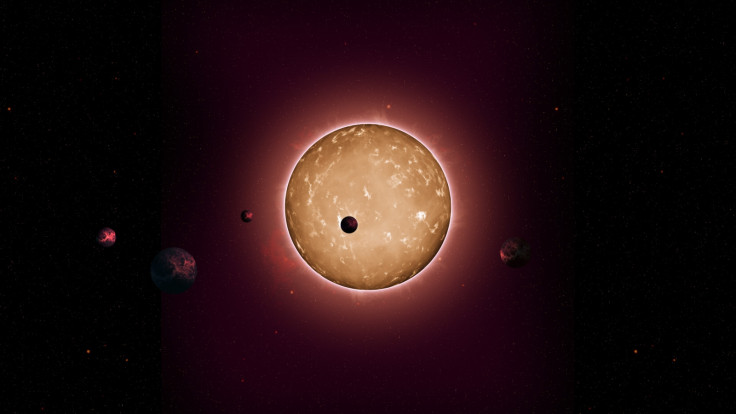Advanced alien civilisations are absent from local universe – or we are too stupid to find them

Alien civilisations are either extremely rare or absent from our local universe, or as a species we are not advanced enough to detect them. Michael Garrett, from the Netherlands Institute for Radio Astronomy, used radio measurements to scan the cosmos for waste heat – thought to be a signature of advanced alien life able to harness huge amounts of energy.
Kardashev Scale
Firstly, it is worth noting scientists have categories for how advanced any alien civilisation is depending on the power available to them – called the Kardashev Scale. Humans are almost Type I, being able to harvest resources from our own planet and produce energy equivalent to the solar insolation on Earth.
Type II is a civilisation capable of harnessing all of the radiation energy from its own star. Type III civilisations can harness energy on the scale of their own galaxy. Kardashev Type III civilisations are expected to be detectable in the mid-infrared part of the spectrum through the emission of significant waste heat.
Candidate Galaxies
Previously, astronomers had identified several hundred candidate galaxies where there are unusually extreme mid-IR emissions. However, this kind of emission can also be generated by natural astrophysical processes.
Garrett looked at these candidate galaxies with radio measurements and found most of the systems have an emission best explained by natural processes – most likely dust generated and heated by regions of massive star formation.
"The new analysis suggests that this is probably an understatement, and that advanced Kardashev Type III civilisations basically don't exist in the local Universe. In my view, it means we can all sleep safely in our beds tonight - an alien invasion doesn't seem at all likely!" Garrett said.
"Some of these systems definitely demand further investigation but those already studied in detail turn out to have a natural astrophysical explanation too. It's very likely that the remaining systems also fall into this category but of course it's worth checking just in case."

However, Garrett also noted it is concerning that Type III civilisations do not appear to exist, as it is contrary to what is predicted by our physical laws used to explain the universe. "We're missing an important part of the jigsaw puzzle here," he said.
"Perhaps advanced civilisations are so energy efficient that they produce very low waste heat emission products - our current understanding of physics makes that a difficult thing to do. What's important is to keep on searching for the signatures of extra-terrestrial intelligence until we fully understand just what is going on."
Humans are too stupid to find aliens
Another explanation for the lack of contact with advanced civilisations is that we are just too primitive to detect the signals they may be sending out. Nathalie Cabrol, who leads the search for alien life at the Seti Institute in California, told the Daily Mail that while we might find a simple lifeform outside our planet within the coming decades, anything more advanced is off our radar – quite literally.
"See how much progress we have made in the past 100 years. If there is a civilisation out there that is only 1,000 years older than we are, who knows what type of technology, or what type of process, they've put into communicating with others. We're just scratching the surface here. We're looking at the universe from our own standpoint," said Cabrol.
"We tend to ask questions in the way we do. But what kind of thought process an alien civilisation may have, we really don't know. We are somewhat advanced, but we are a teenage civilisation. We are playing with toys and technologies but we don't know the rules very well yet."
© Copyright IBTimes 2025. All rights reserved.






















